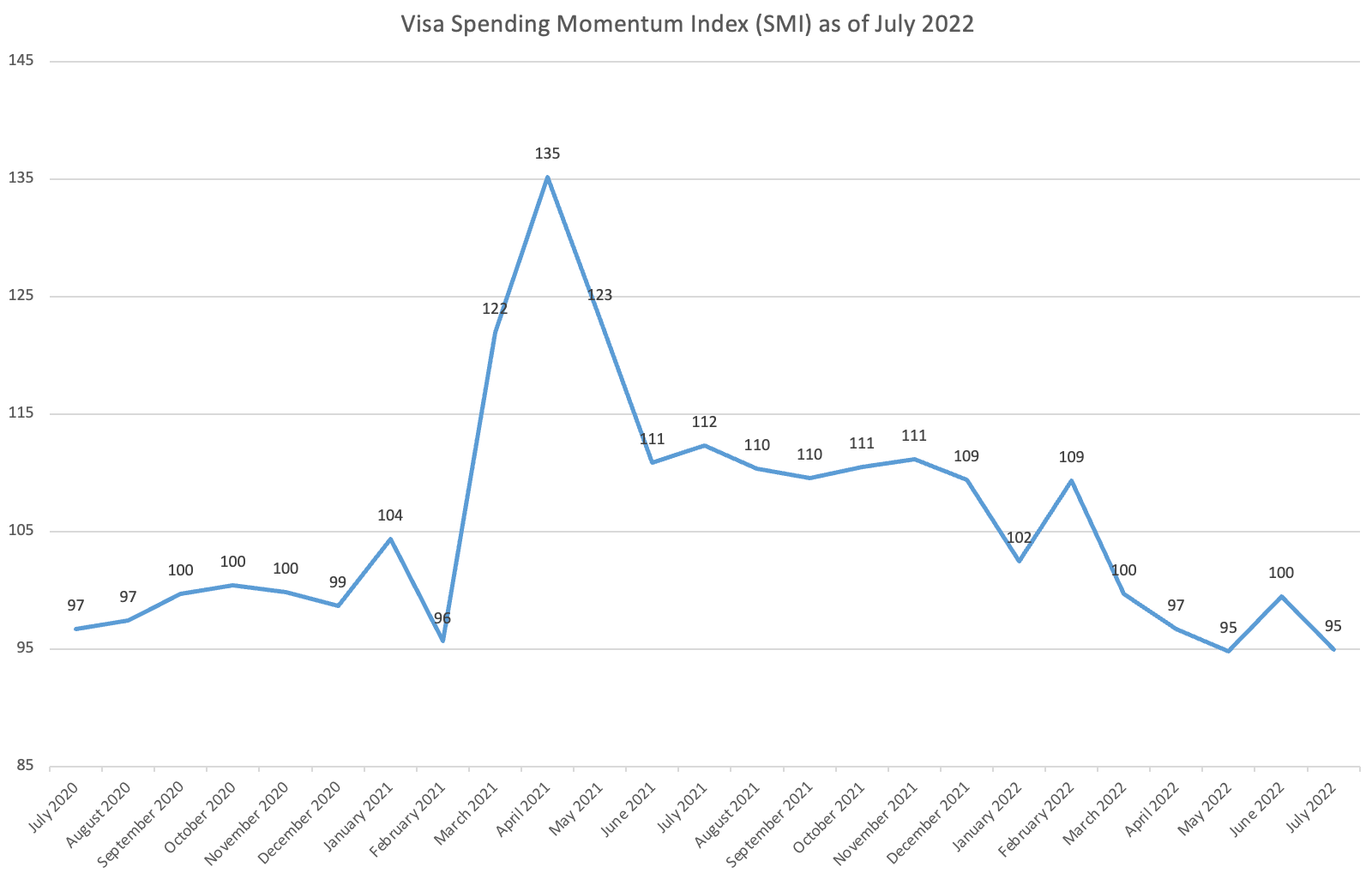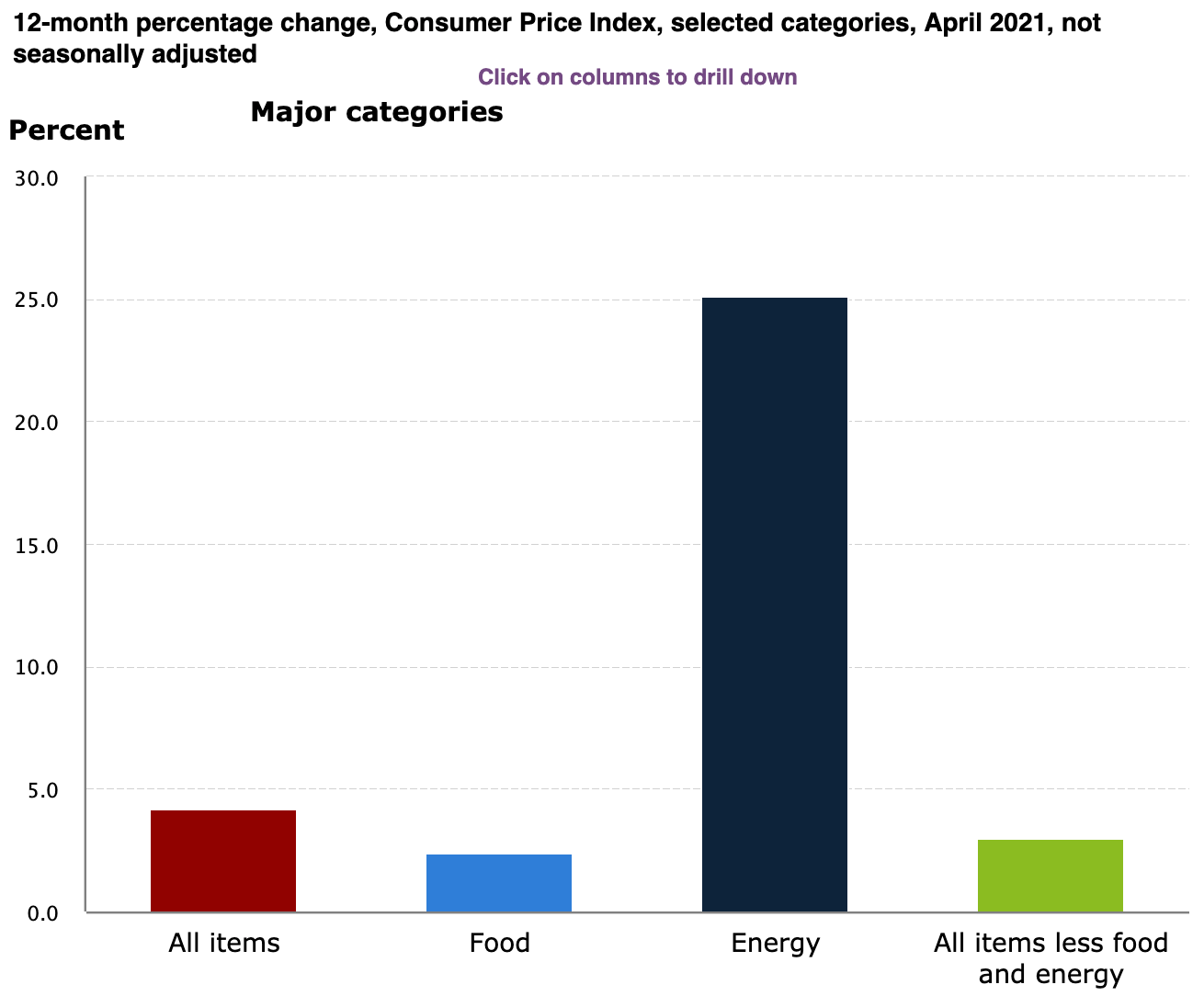A post in the Wall Street Journal last week reported pre-pandemic levels of consumer confidence and for good reason(s), “as more people received vaccinations, stimulus payments reached households and businesses more fully reopened.” Employment, stimulus, an opening economy, vaccinations – all very compelling and obvious drivers to an overall feel of things, as well as the continued disucssion of inflation and how this will shape policy choices in the mid to long-term.
The University of Michigan Surveys of Consumers shows a consistent trend (with the next update in two weeks):

The survey adds the following commentary on inflation the finds support for either direction with:
Each side in the current policy debate finds support in the consumer data. The recovery is far from complete as less than half of the fall in consumer sentiment has so far been recovered, and the current and prospective stimulus and infrastructure spending has the potential to spark a renewed inflationary psychology, although that will not occur immediately…
Inflationary psychology preceded actual inflation by about two years in the last bout in the 1970s. The key balance is not to underestimate the ultimate impact of those policies on jobs and inflation, and not to overestimate the ability of policies to bring any excesses to a painless soft-landing.
Similarly, in the May 1 Berkshire annual meeting Buffett noted on the one hand the last 20 plus years, “was not a highly inflationary period as a whole,” but what they are seeing is:
…very substantial inflation. It’s very interesting. We’re raising prices. People are raising prices to us, and it’s being accepted. Take home building. We’ve got nine home builders in addition to our manufactured housing operation, which is the largest in the country. So we really do a lot of housing. The costs are just up, up, up. Steel costs, just every day they’re they’re going up. And there hasn’t yet been because the wage stuff follows. The UAW writes a three-year contract, we got a three-year contract, but if you’re buying steel at General motors or someplace, you’re paying more every day. So it’s an economy really, it’s red hot. And we weren’t expecting it.
When asked in the Q & A his thoughts on the worry of “more inflation or that we will have a pretty dramatic fiscal monetary collision,” Buffett diplomatically answered, “we don’t know.”




